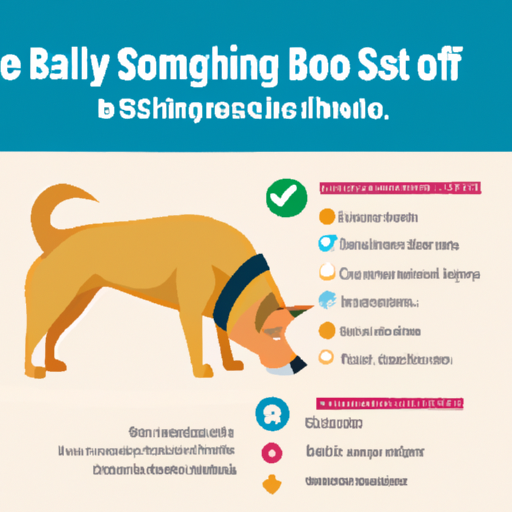Being a caregiver to your canine friend is not only about sharing joyous moments and nurturing a lifelong bond, but it also entails ensuring their health and well-being. An important part of your responsibility is to be aware of health conditions that can affect dogs. One such serious condition is bloat, or Gastric Dilatation-Volvulus (GDV).
1. Understanding Bloat in Dogs
Bloat is a severe, life-threatening condition that primarily affects large, deep-chested dogs but can also occur in smaller breeds. It occurs when the dog’s stomach fills with gas and possibly twists, causing immense discomfort and can lead to death if not promptly treated. Understanding the signs of bloat is vital for your dog’s health and survival.
2. Recognizing the Signs of Bloat
Recognizing the signs of bloat is a lifesaving skill you can acquire. The following are common symptoms to look out for:
- Unsuccessful attempts to vomit: Your dog might retch repeatedly but not bring anything up. This is often the first sign of bloat.
- Swollen or hard abdomen: The dog’s belly may appear to be distended and feel hard to the touch.
- Restlessness: Dogs with bloat are unable to find a comfortable position and may pace back and forth.
- Rapid, shallow breathing and increased heart rate: These symptoms suggest your dog may be in shock due to bloat.
If you observe any of these signs, it’s crucial to get your dog to a vet immediately.
3. Risk Factors Associated with Bloat
Certain factors can increase the risk of your dog developing bloat. While no breed is immune, large and giant breeds with deep chests are particularly susceptible. Some of these breeds include Great Danes, Saint Bernards, Weimaraners, and Boxers.
Here’s a table showing the top five breeds at risk and their relative risk:
| Breed | Relative Risk |
|---|---|
| Great Dane | 41.4% |
| Saint Bernard | 21.8% |
| Weimaraner | 19.3% |
| Irish Setter | 14.2% |
| Boxer | 8.9% |
Other risk factors include:
- Age: Older dogs are more likely to develop bloat than younger dogs.
- Eating habits: Fast eaters, dogs fed large volumes of food once daily, and those who consume water rapidly after eating are at a higher risk.
- Temperament: Anxious, fearful, or aggressive dogs are more likely to suffer from bloat.
4. Prevention and Treatment of Bloat
Preventing bloat involves lifestyle modifications, such as feeding your dog two to three small meals throughout the day instead of one large meal, discouraging rapid eating, and avoiding vigorous exercise immediately after meals.
If your dog is at a high risk of bloat, you may want to discuss preventive surgery, known as gastropexy, with your vet. In this procedure, the stomach is sutured to the abdominal wall to prevent it from twisting.
In case of bloat, immediate veterinary treatment is required. This often involves stabilizing the dog, decompressing the stomach, and surgery to correct any stomach twist.
5. FAQ
Q: Can bloat in dogs resolve on its own?
A: No. Bloat is a medical emergency that requires immediate veterinary intervention.
Q: Can small dog breeds get bloat?
A: Yes, while bloat is more common in large breeds, it can occur in smaller breeds too.
Q: Can a change in diet help prevent bloat?
A: Diet alone may not prevent bloat, but certain feeding practices can help reduce the risk.
Q: Does bloat cause pain in dogs?
A: Yes, bloat is a very painful condition.
Remember, as a caregiver, your understanding, vigilance, and quick action are vital to safeguard your furry friend against this life-threatening condition.



